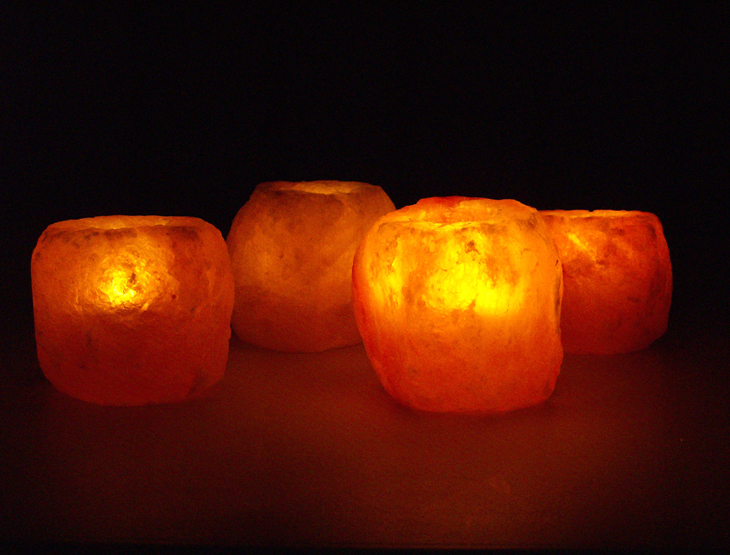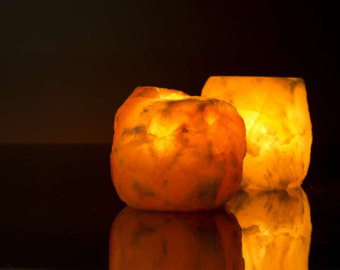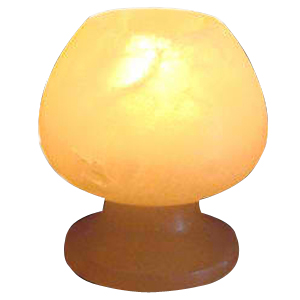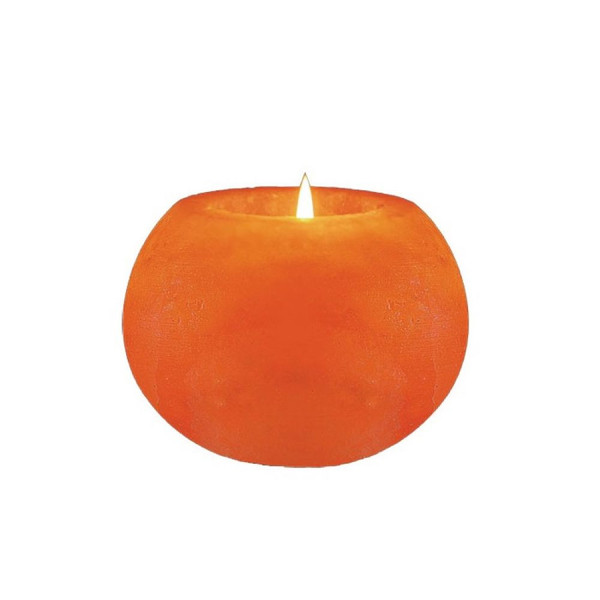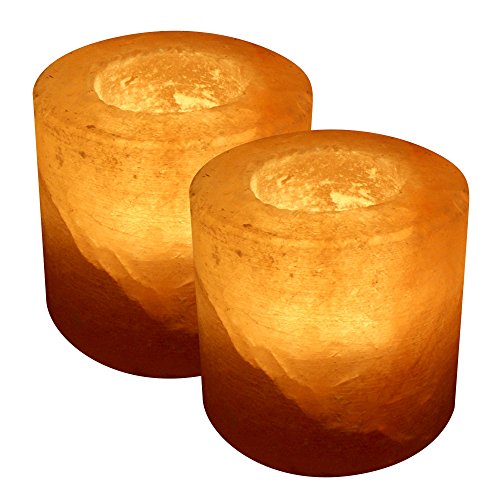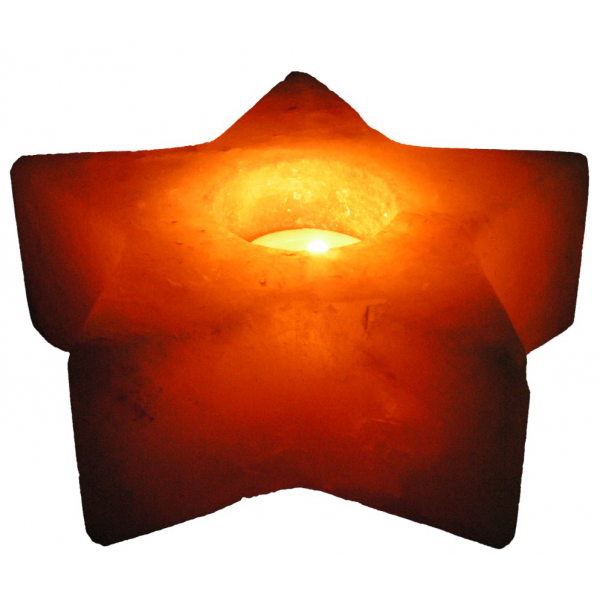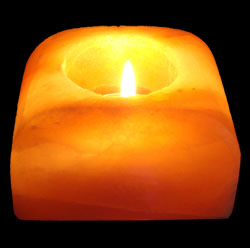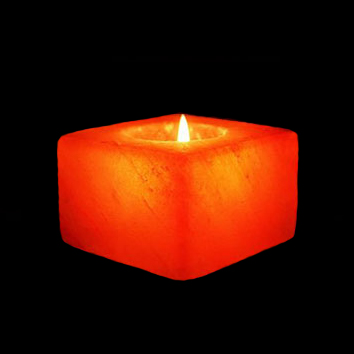Salt Candle Holders
Himalayan Salt Candles in natural & crafted shapes, All available sizes listed below
- NSC-01 Natural Salt Candle (800g-1kg)
- NSC-02 Natural Salt Candle (1-2kg)
- NSC-03 Natural Salt Candle (2-3kg)
Product Details
- Material: Himalayan Rock Salt
- Name: Natural Salt Candles
- Item Code: NSC-01
- Size: 800g-1Kg
Salt Candle Holders
Notes On Light Therapy
Europeans take a unique approach to light therapy. Since most European countries are at latitudes farther north than most, they are accustomed to long winter nights. Light is important to mental well being. Light therapy is a common treatment in the North Countries where one finds high rates of depression that doctors have found are related to the long winter nights experienced by the people who live there. Salt lamps can be used for corrective light therapy and they can be used for preventative light therapy and to adjust our emotional conditions. Salt comes in a very useful spectrum of colors that create different moods. So you can choose one or more different light colors to fit your current condition and need for light therapy. Red is the provocative color that boosts your vital forces and gives you an energetic outlook on life. Apricot is said to help you overcome over come emotional blocks, improve open mindedness and increase vital energy. Orange is supposed to aid relaxation and improve body harmony. It is also said to be very helpful in overcoming stress, and nervous shock. It also is supposed to increase creativity and your outlook on life. White brightens your outlook and has a calming effect that helps you concentrate and enrich your emotional life. Preventative light therapy consists of keeping mood-adjusting lights in home to not only provide the necessary spectrum of light to prevent Seasonal Affective Disorder, but also to adjust the living conditions to a more pleasant situation.
What is SAD Seasonal Affective Disorder? - Seasonal Affective Disorder (SAD)
is a specific type of major depression, one that reoccurs at specific times of the year. The most common pattern is the onset of major depression in the autumn (September to November) and abating of the symptoms in late winter to early spring (March to May). There are other people who experience periods of abnormally high or euphoric mood between major depressive episodes. The frequency of SAD seems to vary with geographic location.
What causes S.A.D?
Change in sunlight exposure is the key. The amount of day light exposure one receives and the changes in sunrise/sunset reducing the daylight hours in the autumn and winter can affect suffers of S.A.D. The most commonly believed hypothesis follows: although the body has natural daily rhythms, they are not fully precise and rely on the intensity of sunlight to provide adjusting cues. These cues originate in the retina at the back of the eye, creating signals that pass through the optic nerve to the mid brain, setting in motion a number of chemical changes. These changes include: 1) Increase in the neurotransmitter serotonin, necessary for a sense of well being. 2) Regulation and suppression of the hormone melatonin, which is a factor in normal sleep patterns and may influence sleeps recuperative benefits.

